What is the price of gold and when is best to buy?
Economic and geopolitical uncertainty traditionally drives investors to reliable metal markets
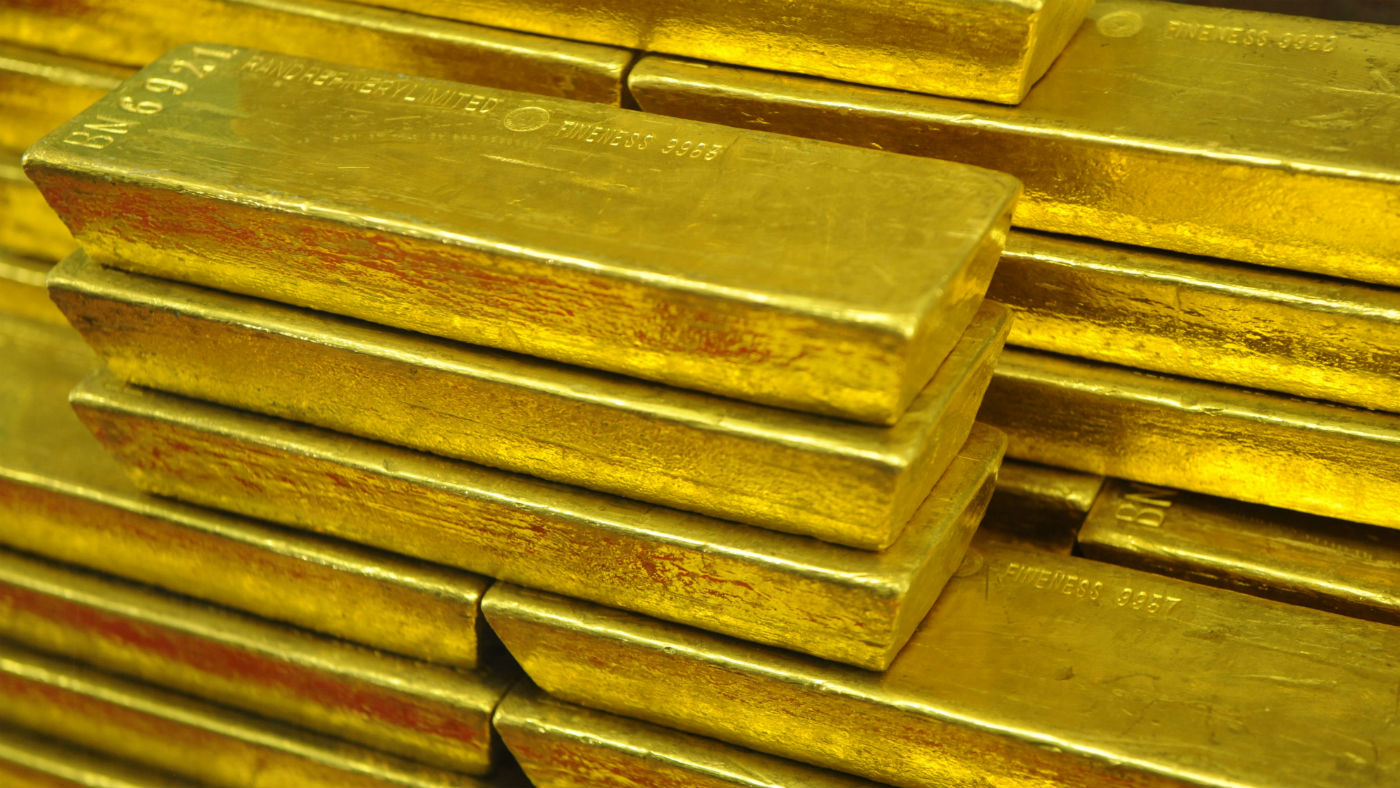
Gold has long been referred to as a “safe haven” for investors during times of market volatility and high inflation.
Since the financial crash of 2008, investors have flocked to the precious metal, making it one of the most reliable markets of the past decade.
Yet 2018 saw gold lose much of its shine. In August last year, gold prices fell below the psychologically important $1,200 per troy ounce mark for the first time in more than two and a half years. This represented its worst losing streak since 2013.
The Week
Escape your echo chamber. Get the facts behind the news, plus analysis from multiple perspectives.

Sign up for The Week's Free Newsletters
From our morning news briefing to a weekly Good News Newsletter, get the best of The Week delivered directly to your inbox.
From our morning news briefing to a weekly Good News Newsletter, get the best of The Week delivered directly to your inbox.
“Analysts pin most of the blame on the dollar,” said Quartz. Its unexpected strength “usurped the yellow metal as skittish investors’ preferred haven assets”, says the site, as well as making US-priced bullion more expensive for buyers with other currencies.
However, since then, gold has staged a remarkable recovery to hit $1,546.70 an ounce on Thursday 5 September, its highest level in more than six years and an all-time high against the euro, the pound, the yen, the Canadian dollar and the Aussie dollar.
The rise in recent months has been “especially extraordinary” says Dominic Frisby in MoneyWeek, because “June to August is supposed to be the summer doldrums for the precious metals”.
FX Empire says gold prices have moved higher “as the dollar eased, and US rates moved sideways”.
A free daily email with the biggest news stories of the day – and the best features from TheWeek.com
It adds: “The Eurozone reported final services and composite PMI data for August which increased slightly compared to the preliminary readings. Geopolitical events continue to buoy gold prices, as Brexit concerns continue to circle the UK parliament.”
Representing 25-30% year-on-gains, “gold is benefiting from a flight to safety in global markets, as concerns rise about the impact of US-China trade tensions”, the Financial Times says.
As well as the US-China trade war, a host of looming political issues, including rising tensions in the Middle East, Brexit and fears of a slowing global economy have seen investors scurry to traditional safe-haven assets, pushing gold prices up.
“We see the ongoing steep rise in the gold price as an expression of the high risk aversion among market participants,” analysts at Commerzbank said. “Gold is quite clearly still in demand as a safe haven in the current market environment.”
Gold prices have also benefited from the US Federal Reserve’s decision to lower interest rates last week and fears of a full-blown currency war between the yuan and the dollar.
Best of all, says Frisby at MoneyWeek, “it’s all happening without a lot of fanfare”.
He continues: “Perhaps it’s because Brexit occupies every available column inch here in the UK – or perhaps it’s because I tend to avoid a lot of the perma-bull gold media – but it seems that not a lot of people are talking about it.
“Gold, in other words, is not properly on the radar again – which is good. It means there are plenty more buyers still to come to market. Stealth bull markets are the best kind.”
Why does the price of gold fluctuate?
As well as the usual law of supply and demand, risk aversion or appetite plays a central role in determining how the price of gold performs.
During economic booms investors opt for riskier stock with potentially much higher returns, yet in times of market volatility when currencies fluctuate gold appears a safer bet, with steady returns and low risk.
The gold price tumbled in late 2016 after Trump's surprise election victory raised expectations that his policies would lead to inflation, higher interest rates, a stronger dollar and better returns from other investments.
Gold usually benefits during periods of ultra-low interest rates, as it offers a better alternative to bonds and savings accounts with poor returns.
Currency markets are another major driver of the gold price. Although gold is traded all over the globe, it is often denominated in dollars.
Geopolitical instability also plays a factor, with fears a war of words between the US and Iran could turn into a full-blown military conflict creating a noticeable bump in gold prices over the past month.
“Gold is not only bought as an investment,” says Gold Price, “but it is also bought for use in other areas such as industry and jewelry making”, meaning factors such as jewelry demand can also become factors.
Is it really a safe bet?
Gold’s reputation as a “safe haven” investment often makes it the benchmark with which other more volatile stocks are measured.
“With stocks and shares, currencies and property continuing to falter in an under-performing UK and wider economy, individuals are looking to diversify their investment portfolios and place their money into physical gold which has consistently outperformed all other forms of investment on the market,” says Bullionbypost.co.uk.
But not everyone is so sure. John Wasik, writing in Forbes, says the reasons for not seeing gold as a solid investment are pretty straightforward.
“Unlike a bond, the metal pays no interest. There is no dividend. It may not protect you against the worst forms of inflation, which are often in health care. And there is no implicit guarantee that it will appreciate in value,” he says.
Fear over the economic future also fuels numerous gold scams, with dealers and brokers pushing coins, bullion or stocks in mining companies, which provide them with commission but may not be in the best interest of the consumer.
How is the price of gold calculated and what is a karat?
On global markets gold is calculated in troy ounces (one troy ounce is equivalent to around 31.10 grams). Because an ounce of gold is the same whether it is in the US or in Japan, the spot gold price is theoretically the same everywhere in the world.
The purity of commercial gold is measured in karats.
According to some sources, the terms karat derives from Arabic and Greek words meaning “the fruit of the carob tree”. Remarkable for their consistency, the seeds of the fruit were reportedly used to balance the scales used by merchants at ancient bazaars.
Karats now refer to the ratio of gold found in a sample. Pure gold is 24 karats (k), so the percentage of gold in a piece is the number of karats out of 24.
10k gold is the most commonly found around the world, although different countries class legally permissible gold differently. In the UK, 9k is the minimum accepted for the metal to be legally classed as gold, rising to 10k in the US and 18k in France, Italy and Switzerland.
Tips when buying gold
The US Federal Trade Commission has a number of guidelines to follow when choosing to invest in gold:
- When buying bullion coins or collectable coins ask for the ‘melt value’ - the basic intrinsic bullion value of a coin if it were melted and sold.
- Always get an independent appraisal of the specific gold product you're considering.
- Consider additional costs such as insurance and safe deposit boxes which will cut into the investment potential.
- When buying gold that is stored in a third-party security facility, take extra precautions to ensure that the metal exists, is of the quality described, and is properly insured.
What does the future hold?
The trajectory of gold’s recent rally has divided analysts.
“Despite a number of positives for gold prices, some analysts remain cautious” says Live Mint.
“The sudden spike in gold prices is the result of speculative buying given the rise in global uncertainty," said Cameron Alexander, director of precious metals research at GFMS, Refinitiv.
“We think that recent gold price surge seems overdone and high volatility for gold prices should not be welcomed by investors," Eun-Young Lee, an analyst at DBS Bank said.
Frisby says “the next big level that gold has to deal with is right around where we are now – in the mid-$1,500s”.
He adds: “It would be a quite normal place for this rally to peter out. In fact, were it not for the fact that this bull market has batted away every obstacle that’s been thrown at it as though it wasn’t there, I would be toying with the idea of small speculative short. But pennies before steam rollers and all that.”
Yet others are more bullish.
Predicting gold could be about to enter into a new bull cycle, Gerald Celente, publisher of The Trends Journal, told Kitco News this could see it spike towards the $2,000 mark.
We are going to see “a more explosive, a more volatile” gold market, Peter Grandich of petergrandich.com and the founder of trinity financial predicts.
Grandich notes that we are currently still in the opening phases of the new bull market, and that gold has a lot of room left to run higher.
“It’s a whole new ball game. If you said it’s a nine-inning game, we’re at best in the second inning of the bull market,” he said.
What is the gold standard?
The gold standard is a monetary system whereby a country’s currency or paper money has its value directly linked to its gold reserves.
Once the de facto monetary system used by central banks around the world, it was slowly phased out over the past century. Britain stopped using the gold standard in 1931 and the US followed suit in 1933, finally abandoning the remnants of the system in 1971.
The gold standard was completely replaced by “fiat money”, a term to describe currency that is used because of a government's order, or fiat, that the currency must be accepted as a means of payment.
This allowed for the effective mass-printing of money that was not tied to a physical guarantor, allowing the extension of credit and the explosion in the global economy from the late 1970s.
-
 Political cartoons for January 4
Political cartoons for January 4Cartoons Sunday's political cartoons include a resolution to learn a new language, and new names in Hades and on battleships
-
 The ultimate films of 2025 by genre
The ultimate films of 2025 by genreThe Week Recommends From comedies to thrillers, documentaries to animations, 2025 featured some unforgettable film moments
-
 Political cartoons for January 3
Political cartoons for January 3Cartoons Saturday's political cartoons include citizen journalists, self-reflective AI, and Donald Trump's transparency
-
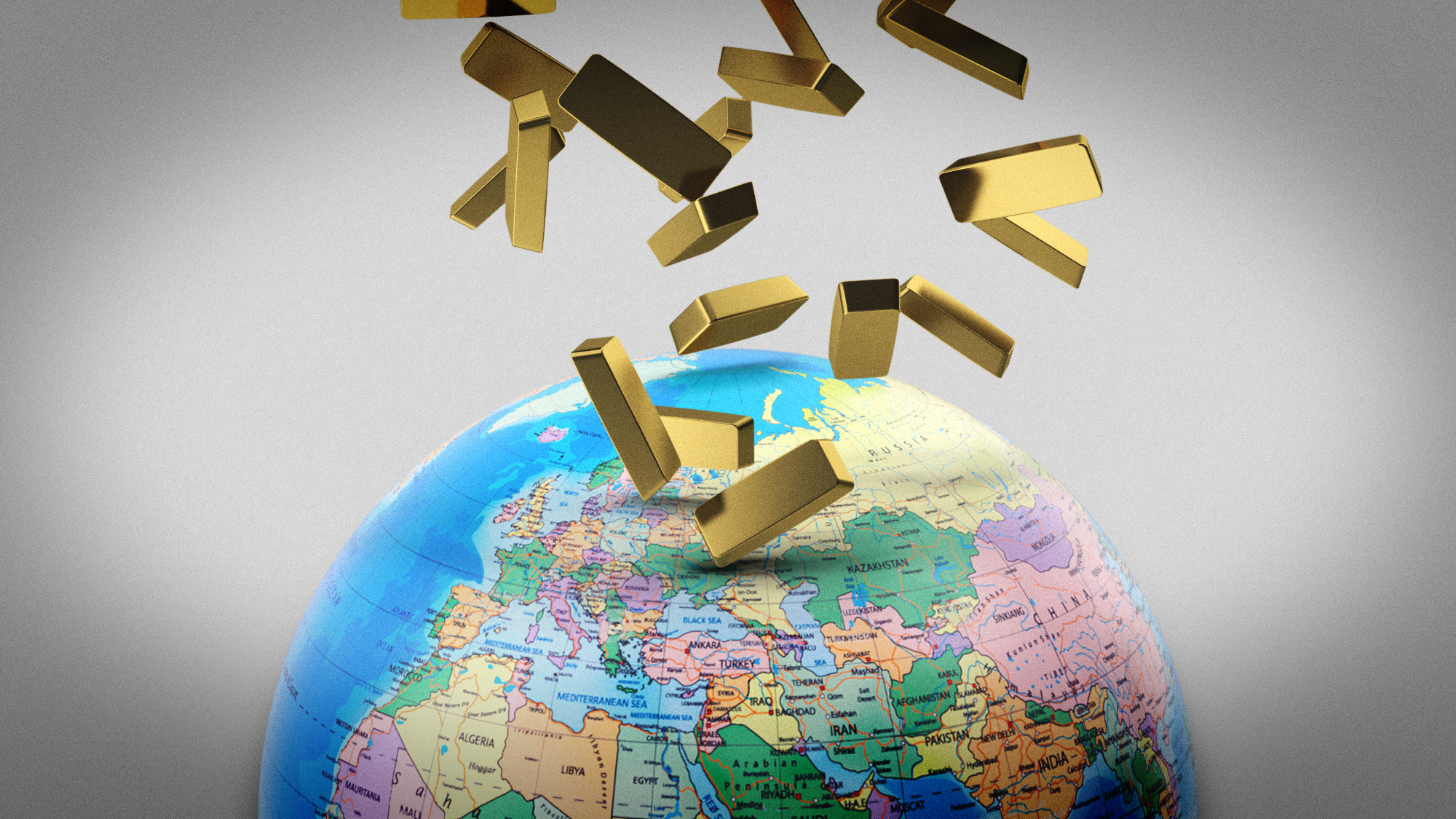 What a rising gold price says about the global economy
What a rising gold price says about the global economyThe Explainer Institutions, central banks and speculators drive record surge amid ‘loss of trust’ in bond markets and US dollar
-
 Gold tops $4K per ounce, signaling financial unease
Gold tops $4K per ounce, signaling financial uneaseSpeed Read Investors are worried about President Donald Trump’s trade war
-
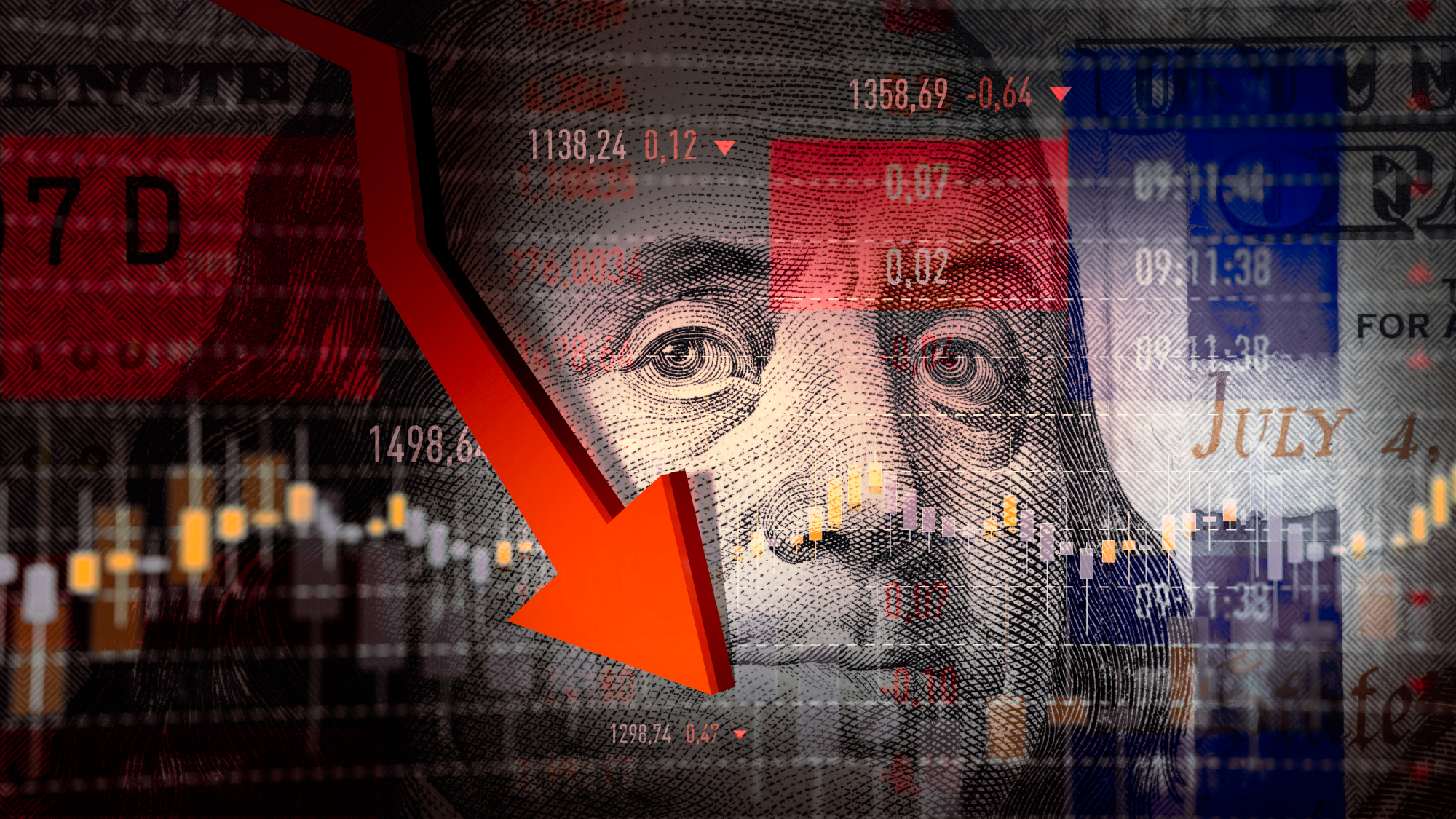 Dollar faces historic slump as stocks hit new high
Dollar faces historic slump as stocks hit new highSpeed Read While stocks have recovered post-Trump tariffs, the dollar has weakened more than 10% this year
-
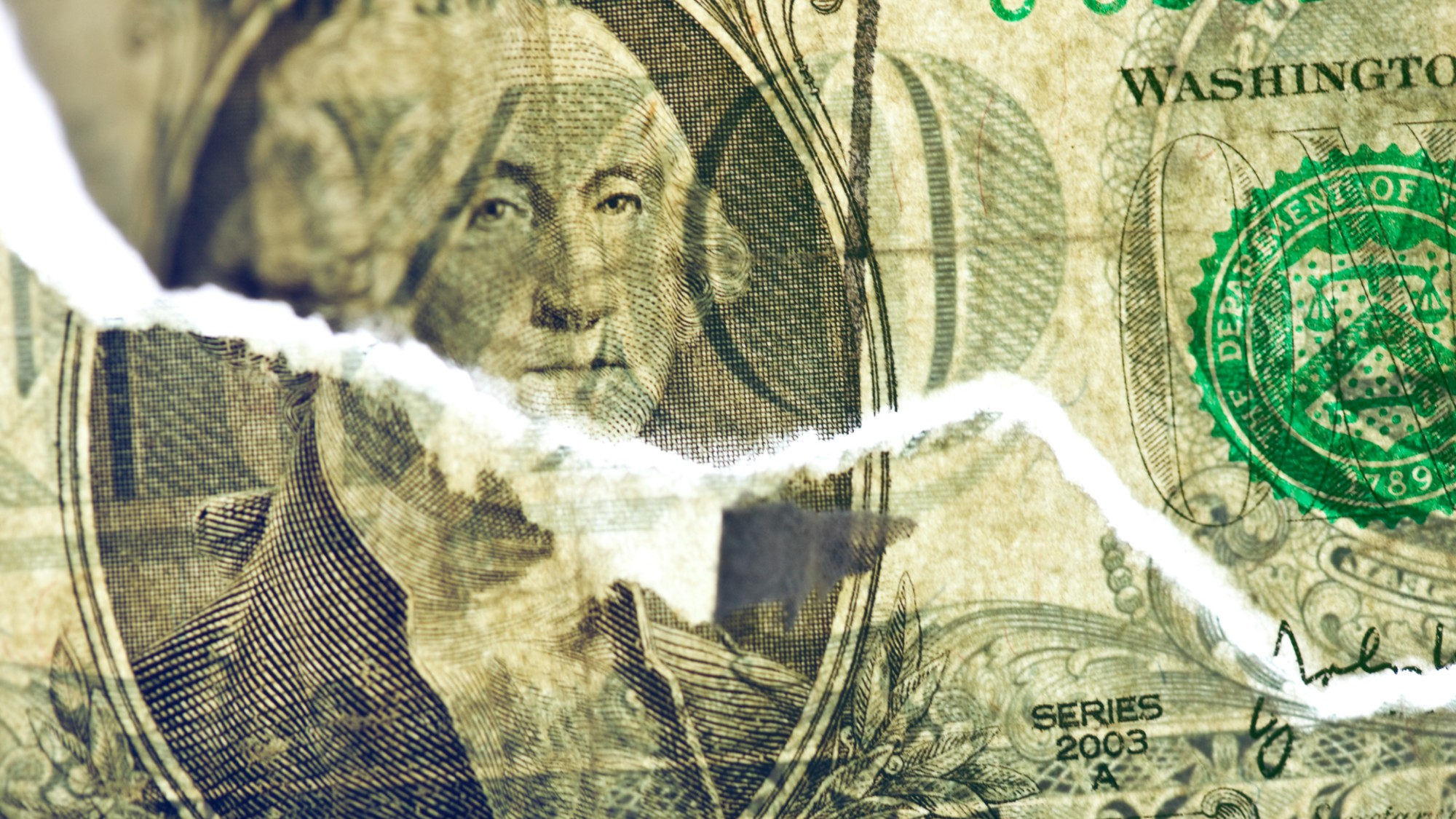 What is the dollar's future after Moody's downgrade?
What is the dollar's future after Moody's downgrade?Today's Big Question Trump trade wars and growing debt have investors looking elsewhere
-
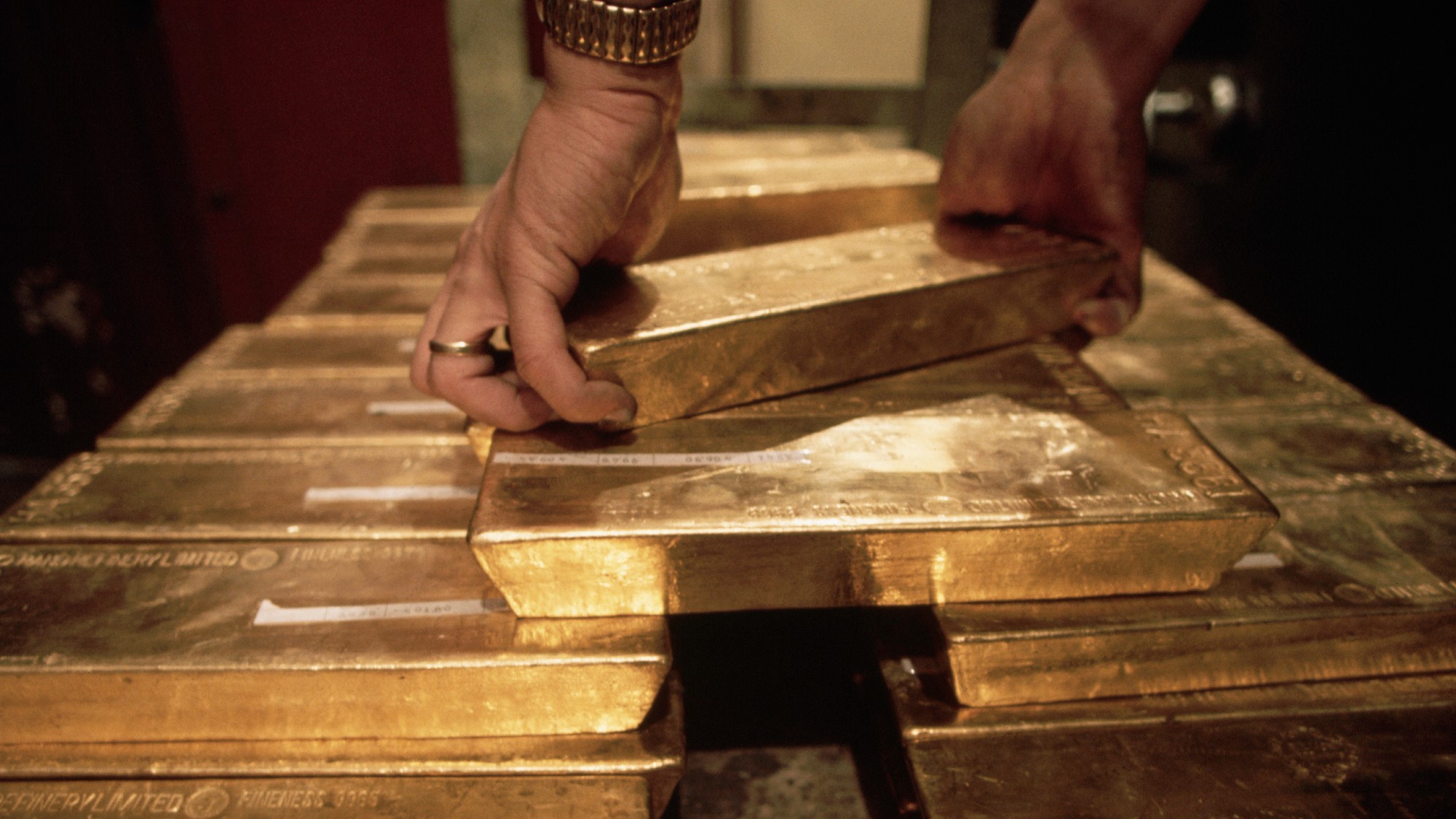 Safe harbor: Gold rises as stocks sink
Safe harbor: Gold rises as stocks sinkfeature It's a golden age for goldbugs
-
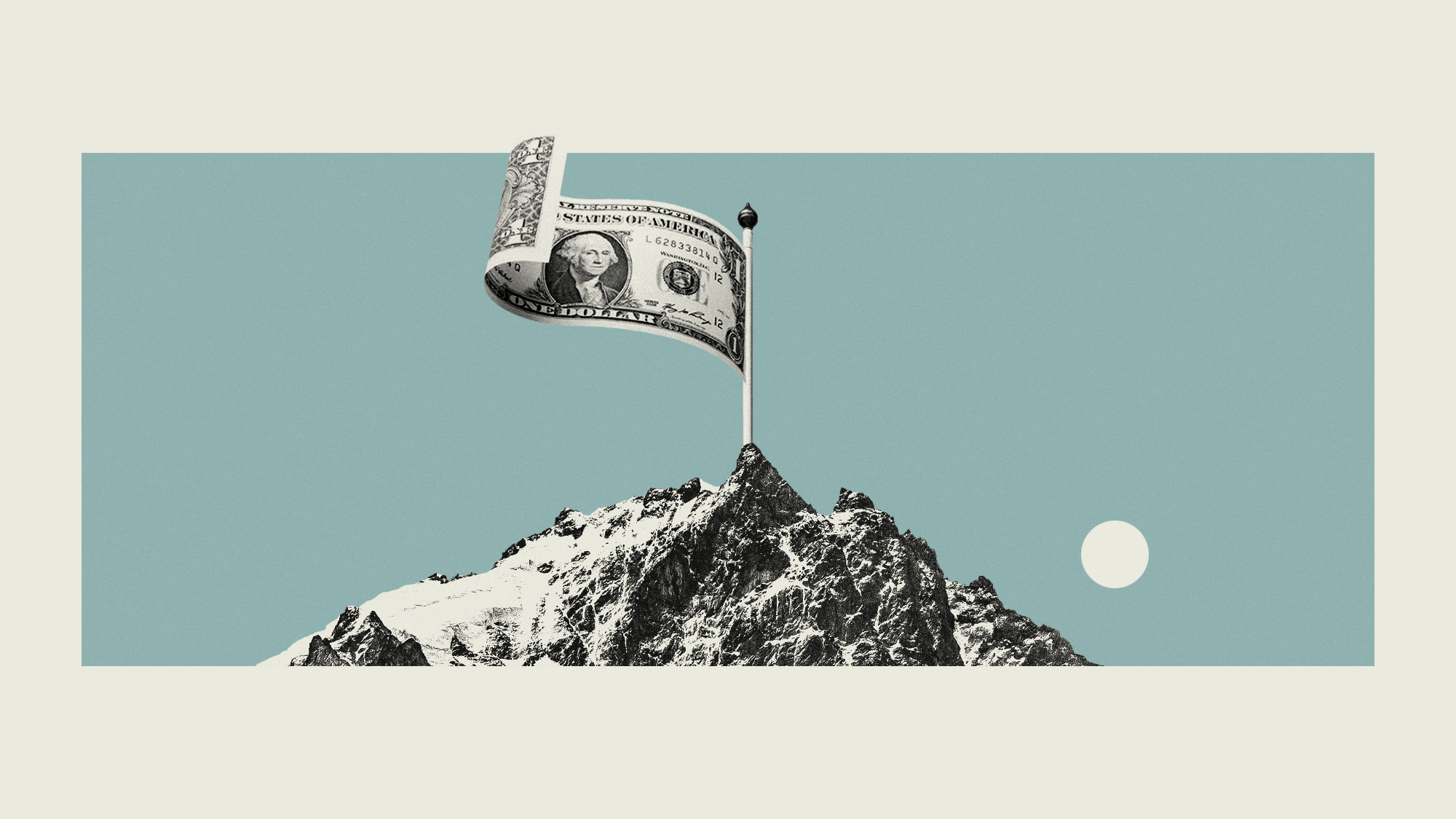 Can the dollar stay on top?
Can the dollar stay on top?Today's Big Question Political dysfunction could undermine the world's reserve currency. But not yet.
-
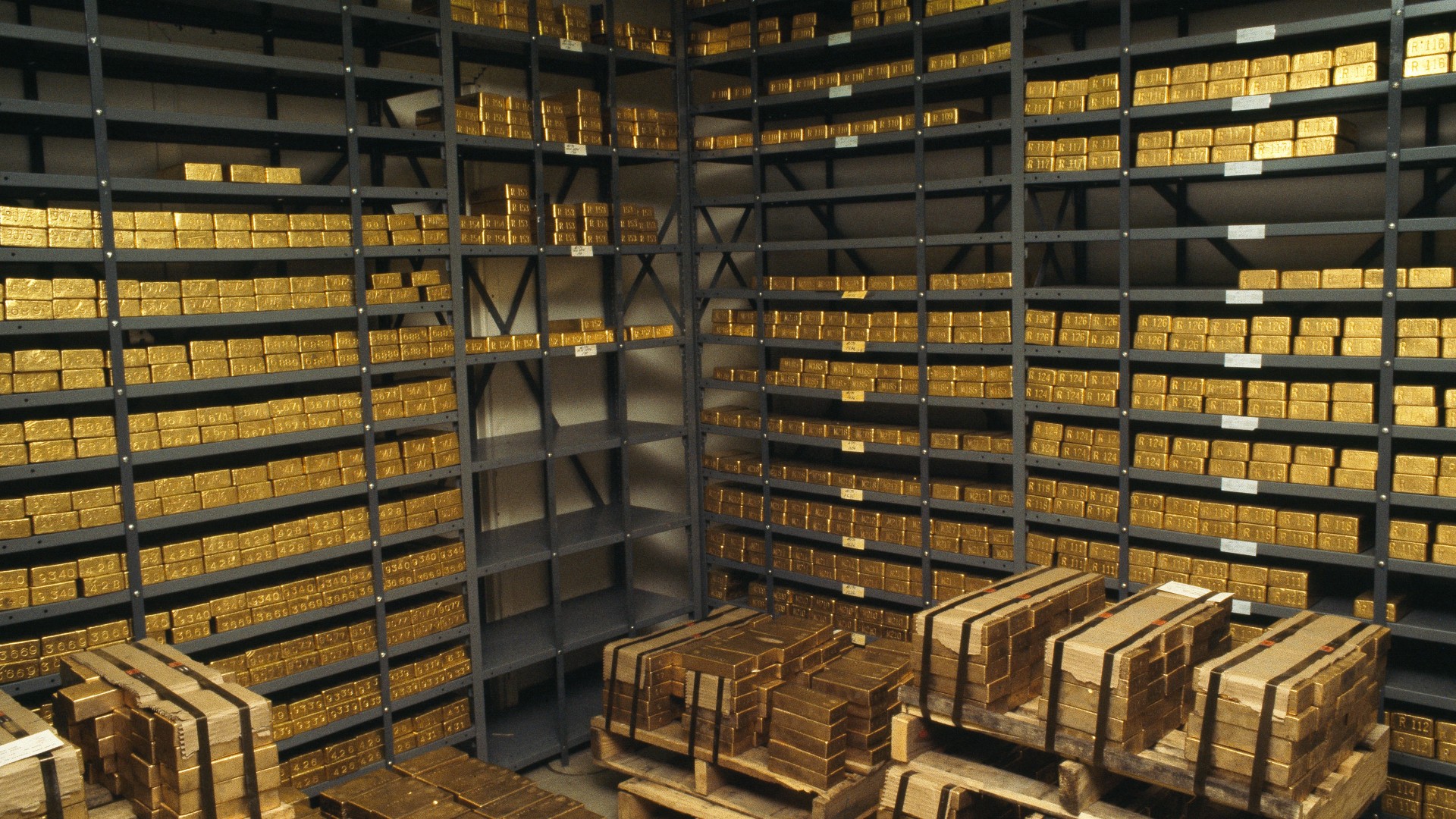 What rising gold prices can tell us about the economy in 2024
What rising gold prices can tell us about the economy in 2024The Explainer Market hits all-time high, boosted by a weakening US dollar and rising global tensions
-
 De-dollarisation: why are countries looking to ditch US currency?
De-dollarisation: why are countries looking to ditch US currency?Today's Big Question Move away from USD has accelerated following invasion of Ukraine